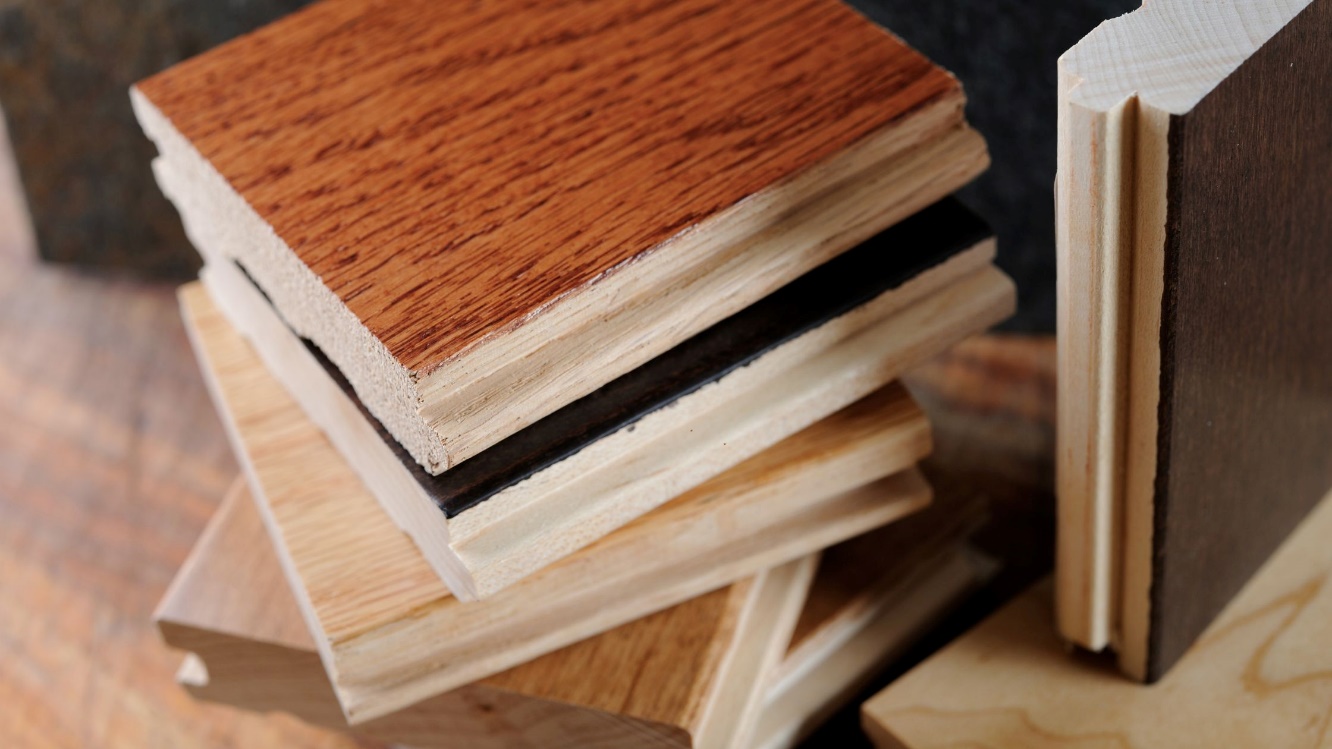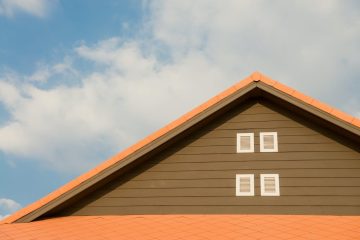Hardwood floors are often considered a cornerstone of a stylish and durable home. They bring warmth, elegance, and value to any space. However, like any surface subjected to daily wear and tear, hardwood floors can suffer damage over time. Knowing when your hardwood floors are beyond repair is crucial for maintaining their aesthetic and functional appeal. This guide explores the signs that indicate your hardwood floors beyond repair and need replacing rather than repairing, and offers advice on how to handle various issues.
Understanding Hardwood Floor Damage
Before diving into the signs of irreparable damage, it’s important to understand the common types of damage hardwood floors can experience:
- Surface Scratches and Scuffs: These are usually cosmetic and can often be sanded down or refinished.
- Water Damage: Water can cause wood to warp, swell, or develop mold, leading to more serious issues.
- Structural Damage: This includes issues like deep cracks, severe warping, or buckling that compromise the integrity of the floor.
- Termite Damage: Insect infestations can lead to significant damage, often necessitating a replacement.
Signs of Irreparable Damage
- Severe Warping and Buckling
Hardwood floors can warp or buckle due to excessive moisture or poor installation. Minor warping can often be addressed with refinishing or humidity control. However, if the warping is severe and affects a large area of the floor, it can be a sign that the damage is beyond repair. Severe warping often indicates that the wood has absorbed significant amounts of moisture, which might have caused irreversible damage to the structural integrity of the planks.
- Deep Cracks and Splits
Small cracks and splits can often be filled or repaired, but deep cracks that expose the subfloor or extend through multiple planks may be beyond repair. These deeper issues usually result from long-term neglect or severe impacts. In such cases, attempting to repair them might only be a temporary fix, and replacing the affected sections or the entire floor might be necessary to ensure a stable and safe surface.
- Extensive Water Damage
Water damage can be particularly destructive to hardwood floors. If the damage is extensive—such as persistent water stains, black mold, or cupping and crowning over a large area—it often means that the damage has penetrated deeply into the wood. While localized water damage might be addressable with drying and refinishing, extensive damage often requires replacing the affected sections or the entire floor. Mold growth can also pose health risks, making replacement a safer option.
- Uncontrollable Termite Infestation
Termite damage can compromise the strength of hardwood floors significantly. If termites have been present for a while, they can cause extensive damage to the structural components of the floor. While localized infestations might be treatable with pest control and repairs, severe infestations that have caused structural damage usually necessitate replacing the affected areas or the entire floor.
- Significant Wear and Tear
Over time, hardwood floors naturally wear down, especially in high-traffic areas. While refinishing can restore the floor’s appearance, there comes a point where the wear is too extensive. If the wood is excessively thin, worn down to the point where it’s no longer feasible to sand and refinish, or if the damage has reached the point where the wood is splintering or breaking apart, replacement may be the only viable option.
Assessing the Damage
If you suspect your hardwood floors might be beyond repair, start by conducting a thorough assessment:
- Inspect the Surface: Look for signs of surface damage such as scratches, dents, and stains. Minor issues may be manageable with refinishing or spot repairs.
- Check for Moisture Issues: Use a moisture meter to detect any abnormal moisture levels in the wood. High moisture levels can indicate a more serious problem.
- Evaluate Structural Integrity: Press on different areas of the floor to check for soft spots or unevenness. Structural issues often require more extensive repairs or replacement.
- Consult a Professional: If you’re unsure about the extent of the damage, it’s wise to consult with a flooring professional. They can provide a detailed assessment and recommend the best course of action.
Deciding Whether to Repair or Replace
Once you’ve assessed the damage, you’ll need to decide whether to repair or replace your hardwood floors. Here are a few factors to consider:
- Cost of Repair vs. Replacement: Compare the cost of repairing the existing floor with the cost of installing new hardwood flooring. Sometimes, replacement might be more cost-effective in the long run, especially if the damage is extensive.
- Future Longevity: Consider how much longer your current floor can last even with repairs. If repairs will only extend the life of the floor for a short period, replacement might be a more practical option.
- Aesthetic and Functional Needs: If the damage affects the appearance and functionality of the floor significantly, replacement might offer a better solution to achieving the desired look and performance.
Conclusion
Hardwood floors are a beautiful and enduring feature of any home, but they are not immune to damage. Knowing when your hardwood floors are beyond repair involves understanding the nature of the damage, assessing its extent, and weighing the cost and benefits of repair versus replacement. By staying vigilant and proactive about maintenance and repairs, you can ensure that your hardwood floors continue to enhance the beauty and value of your home for years to come. If you encounter extensive damage, consulting with a professional, such as those specializing in hardwood flooring in Chicago, IL, can provide clarity and guide you towards the best solution for your flooring needs.
Top of Form
Bottom of Form




